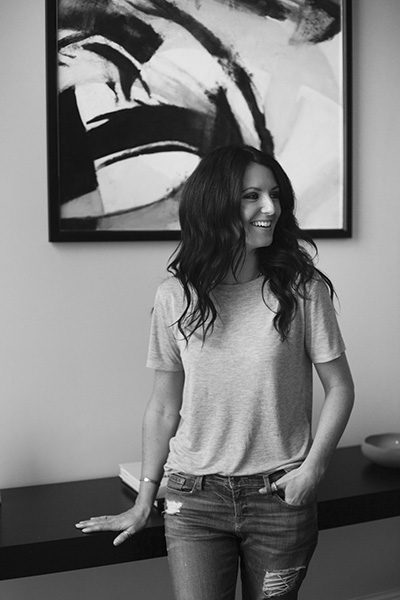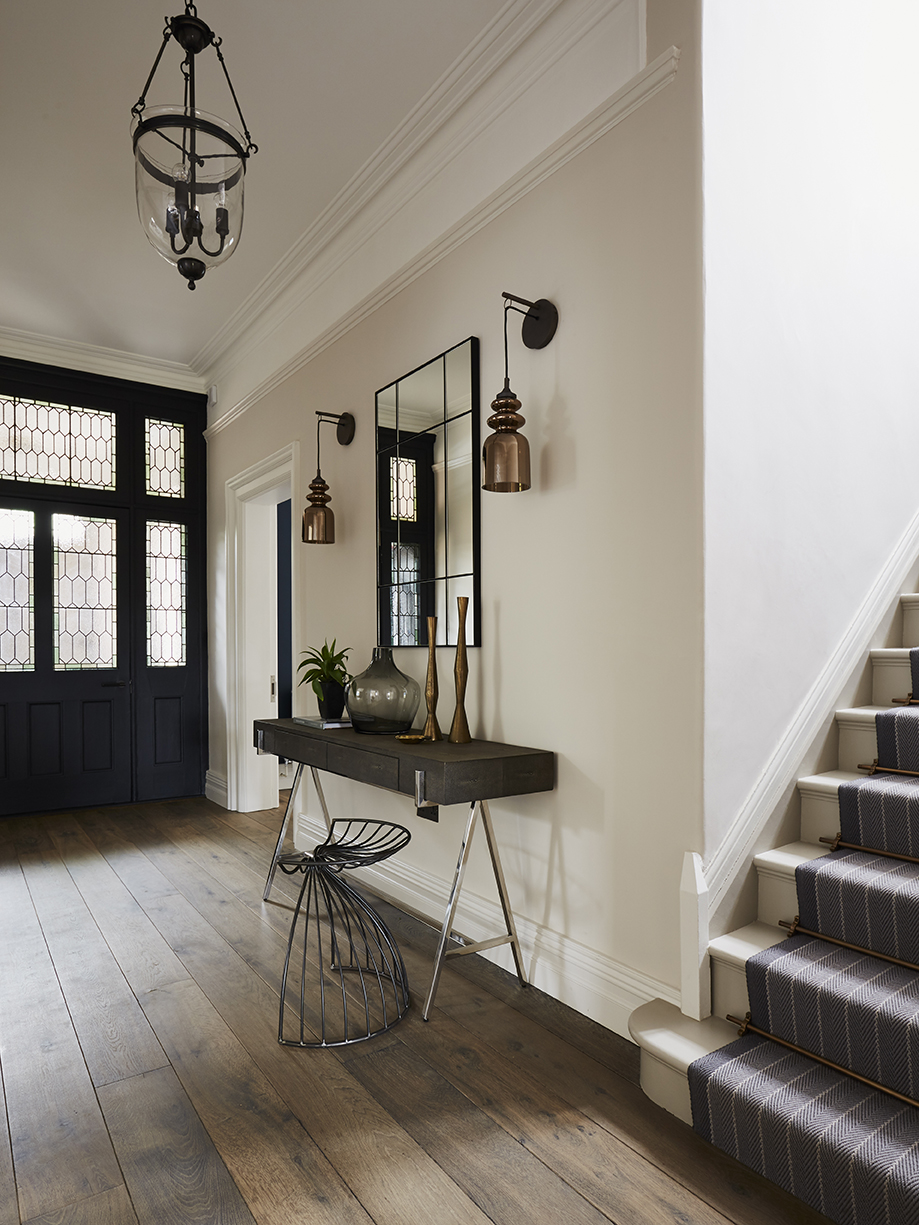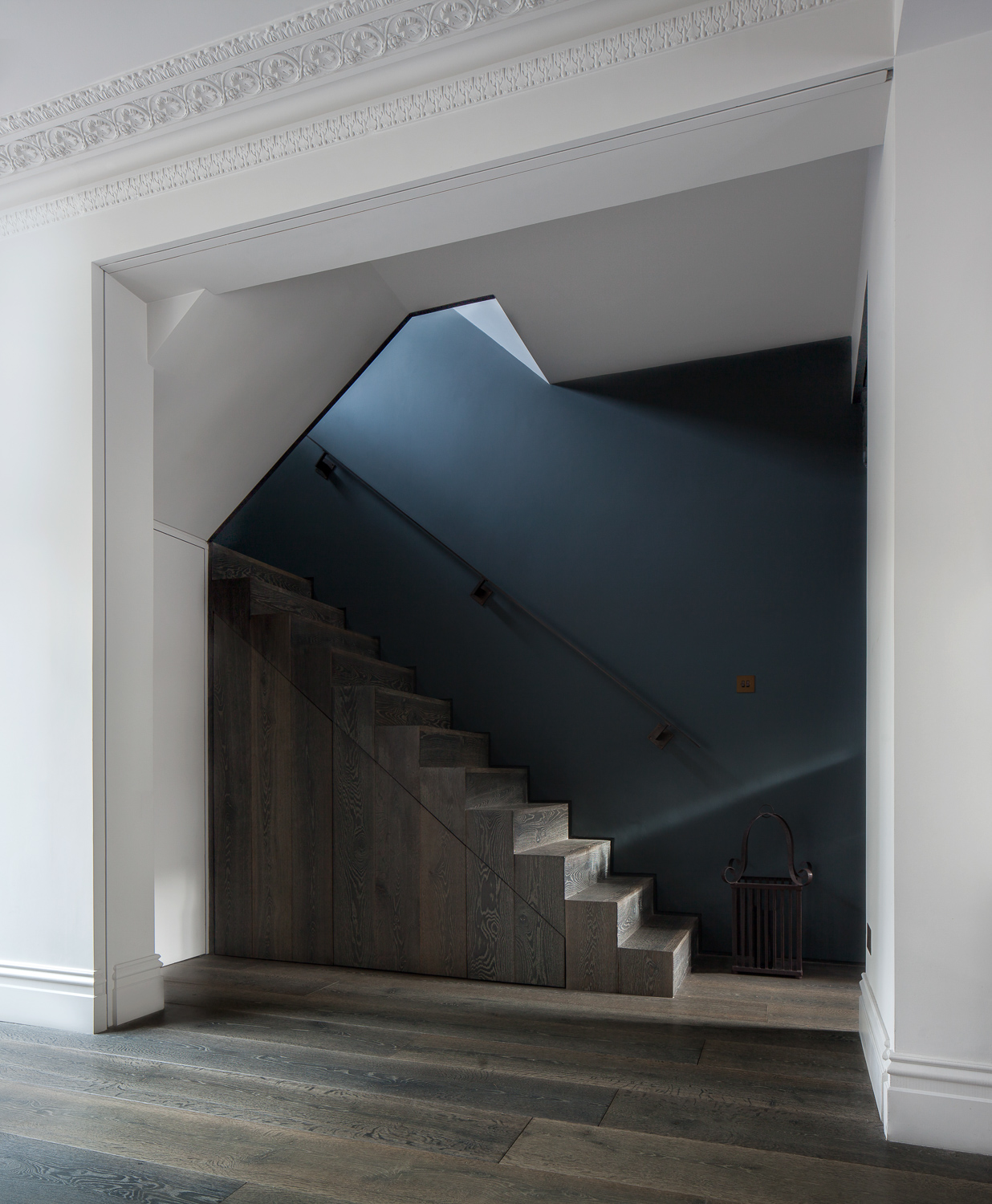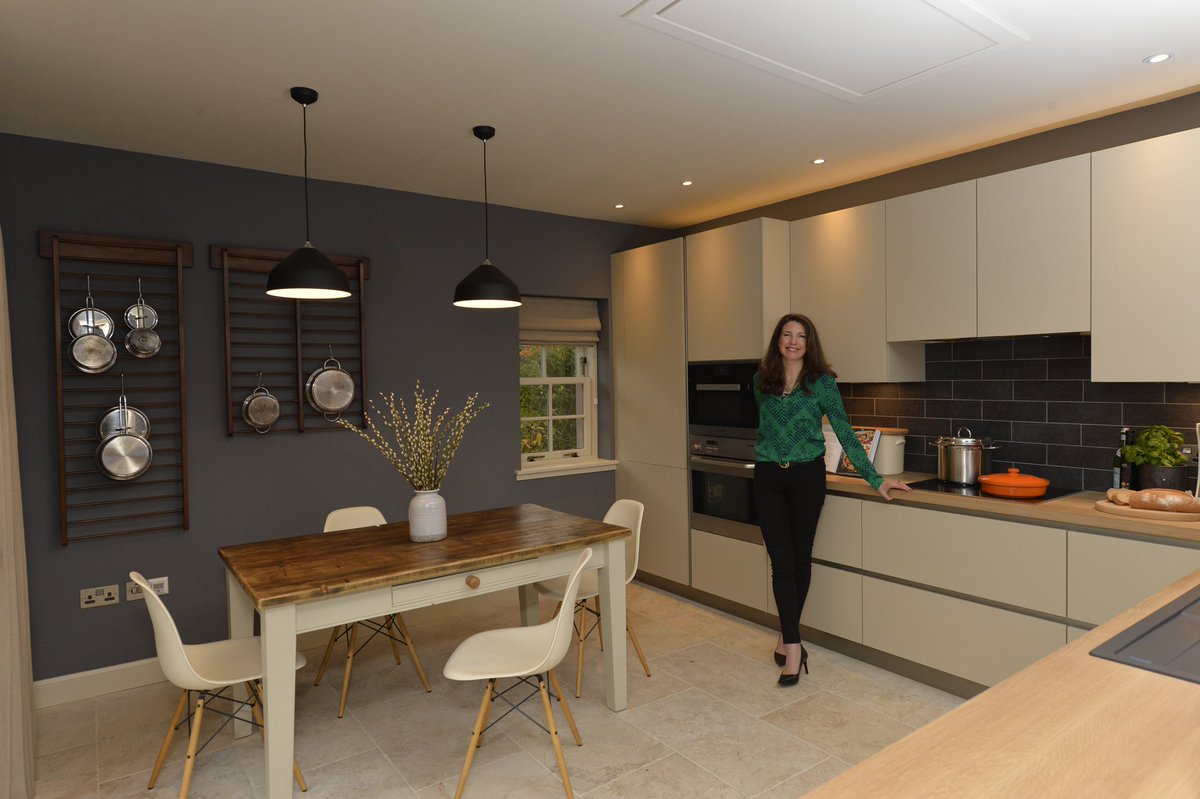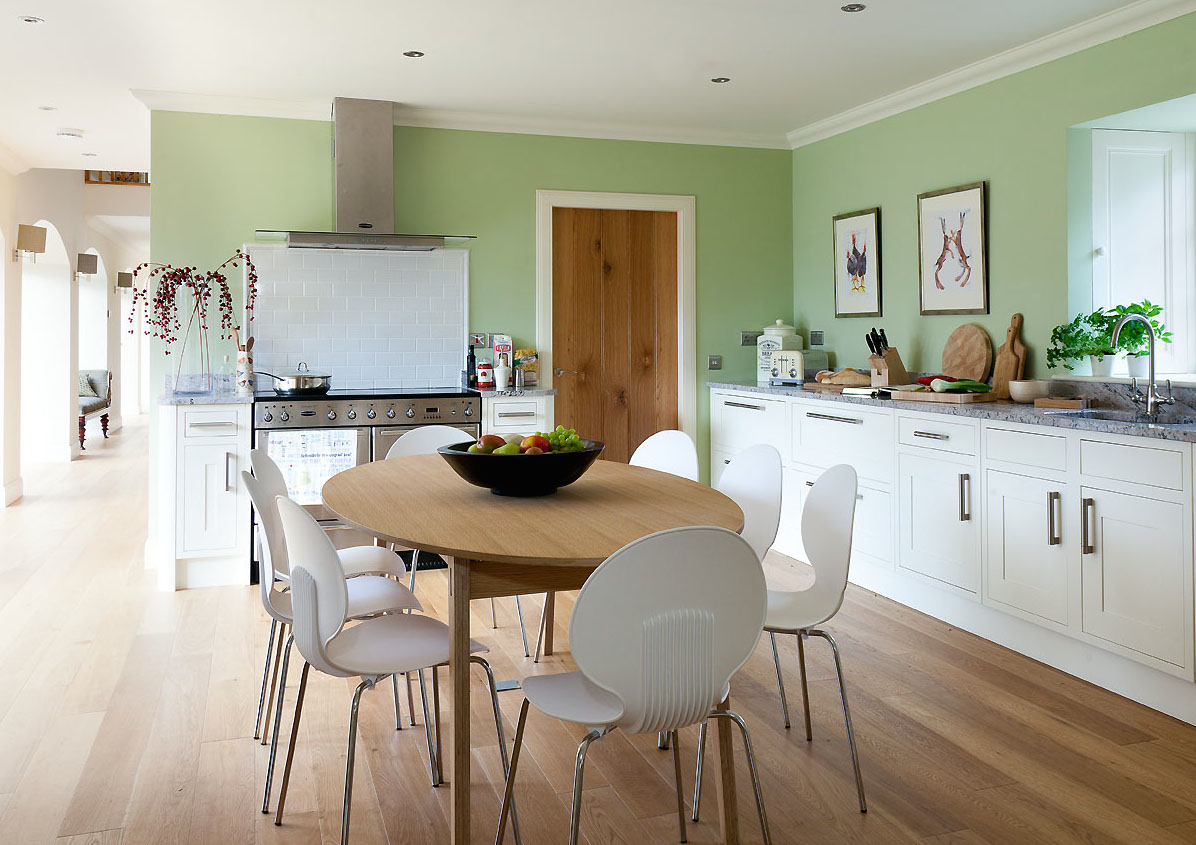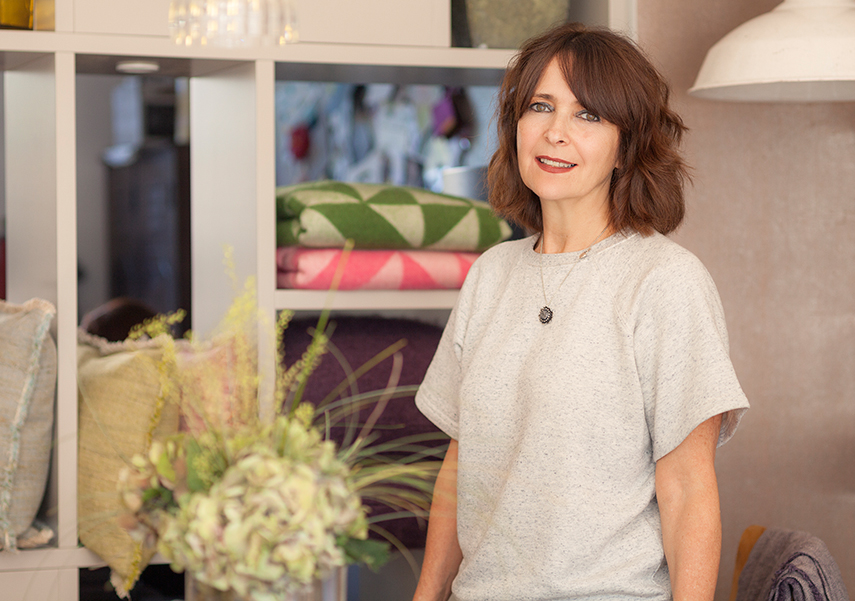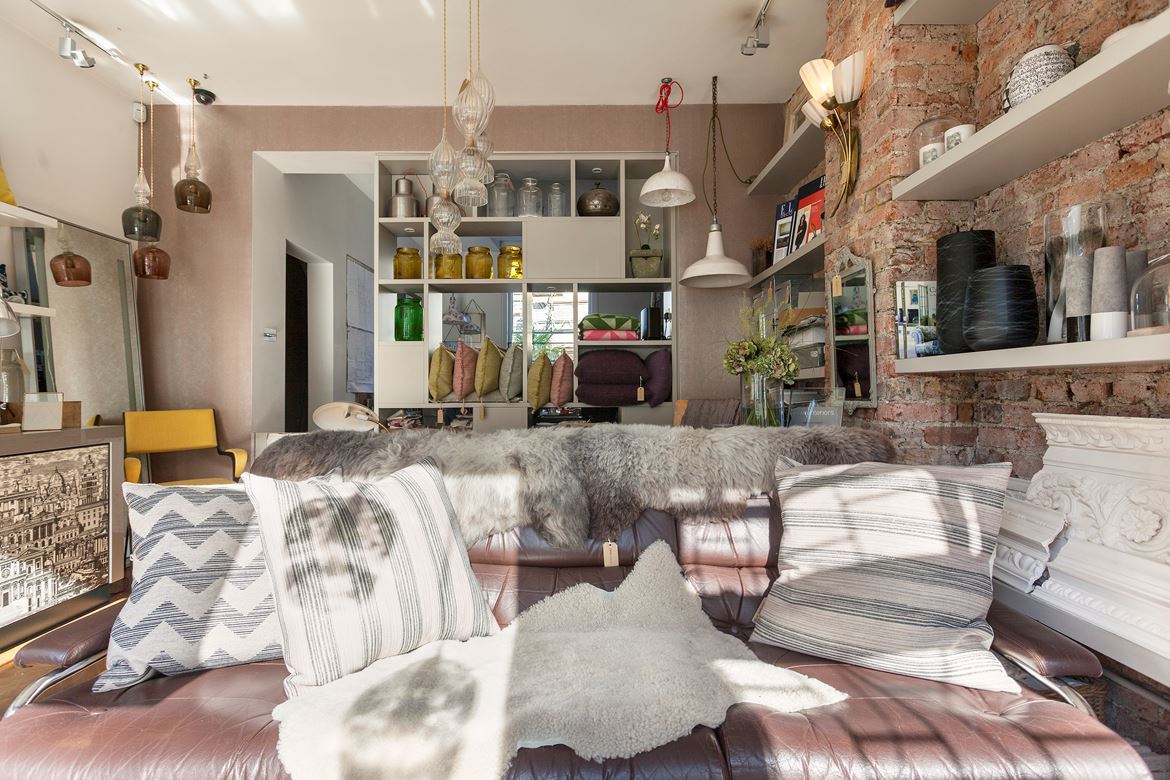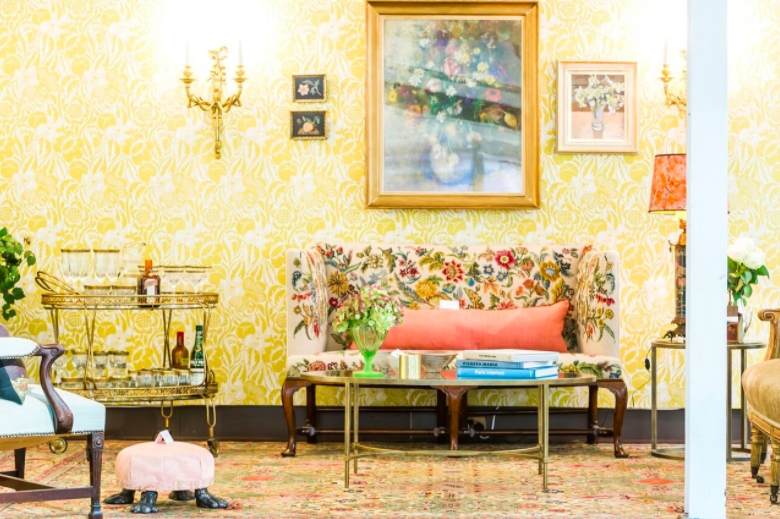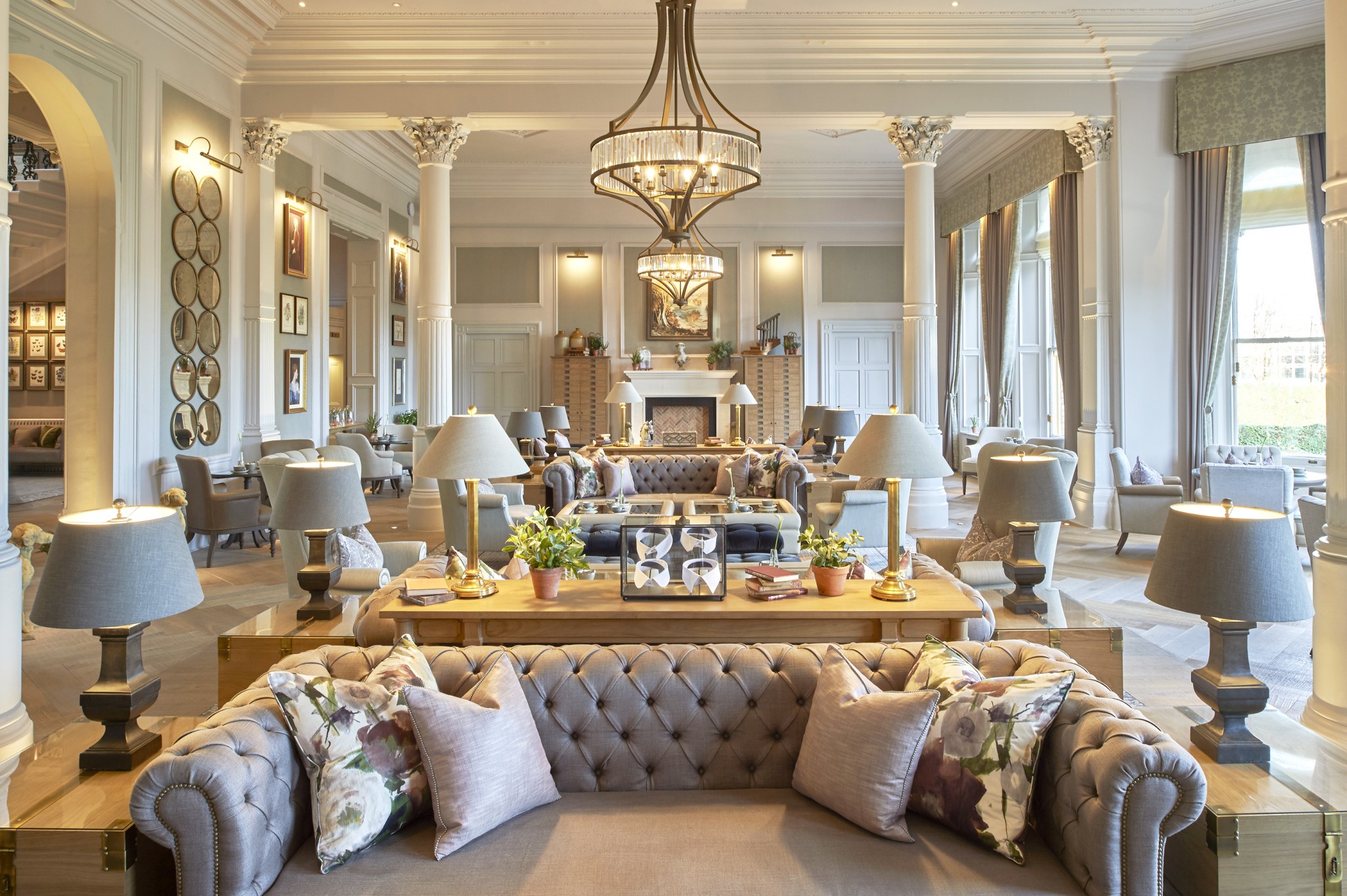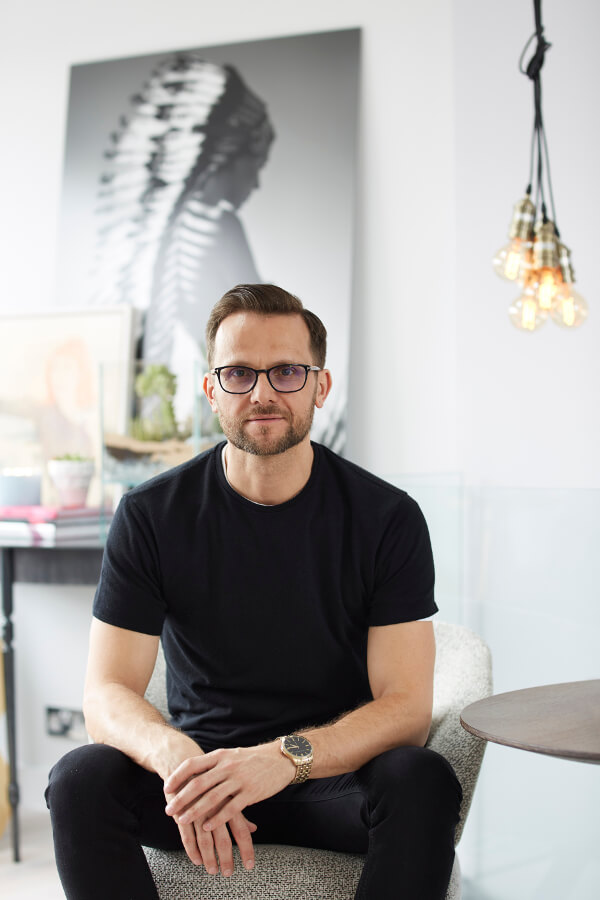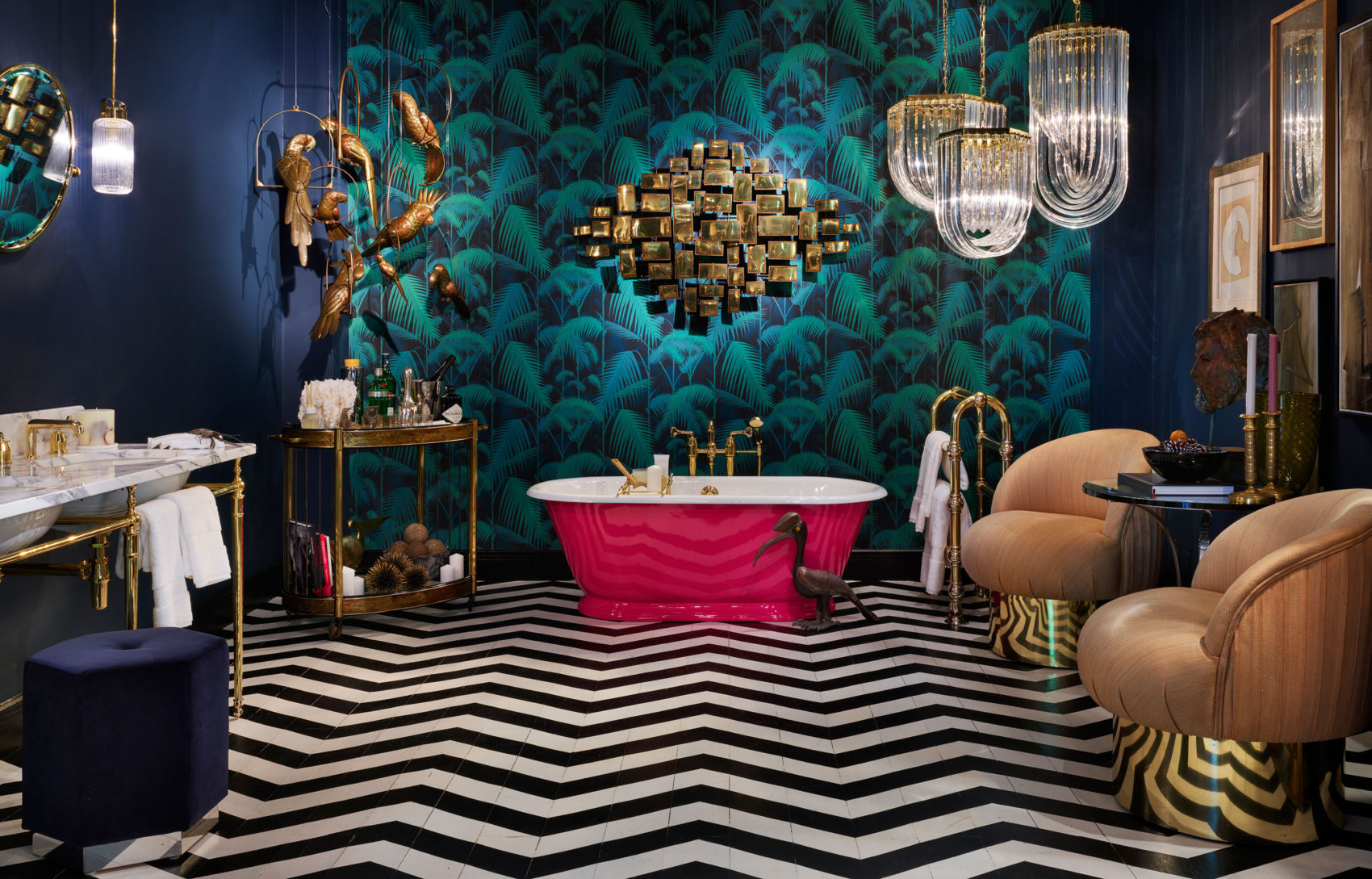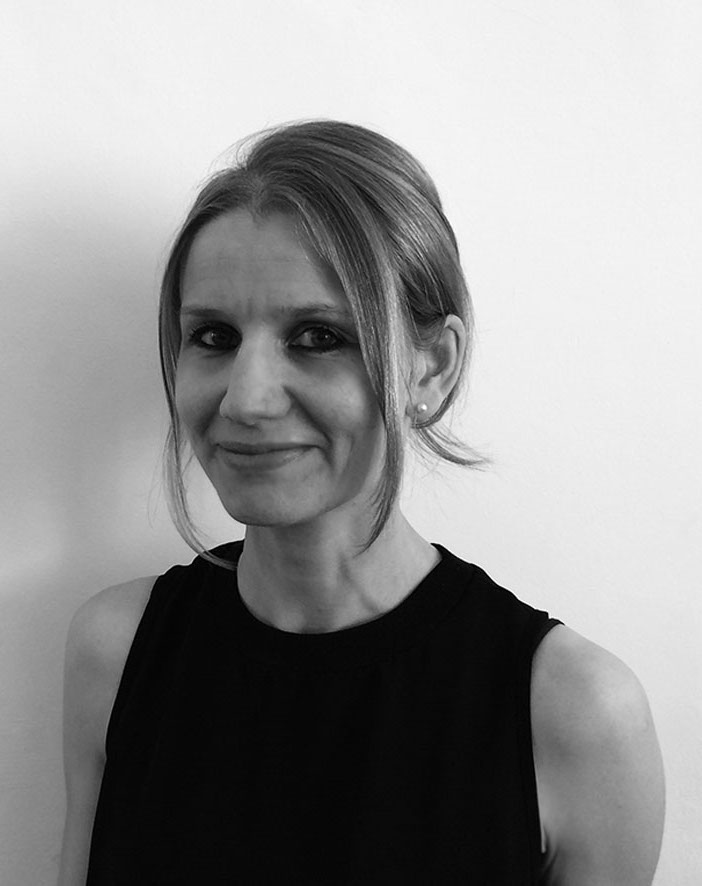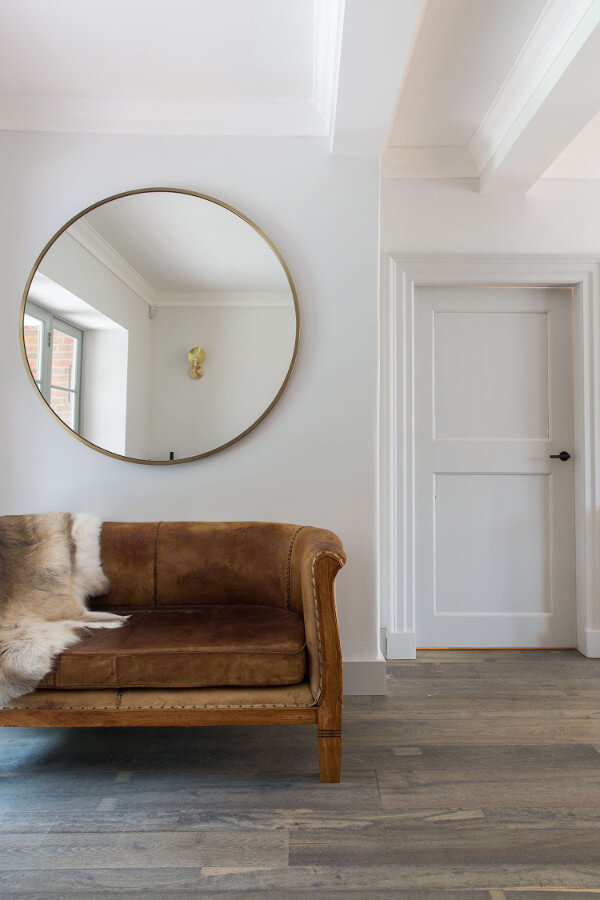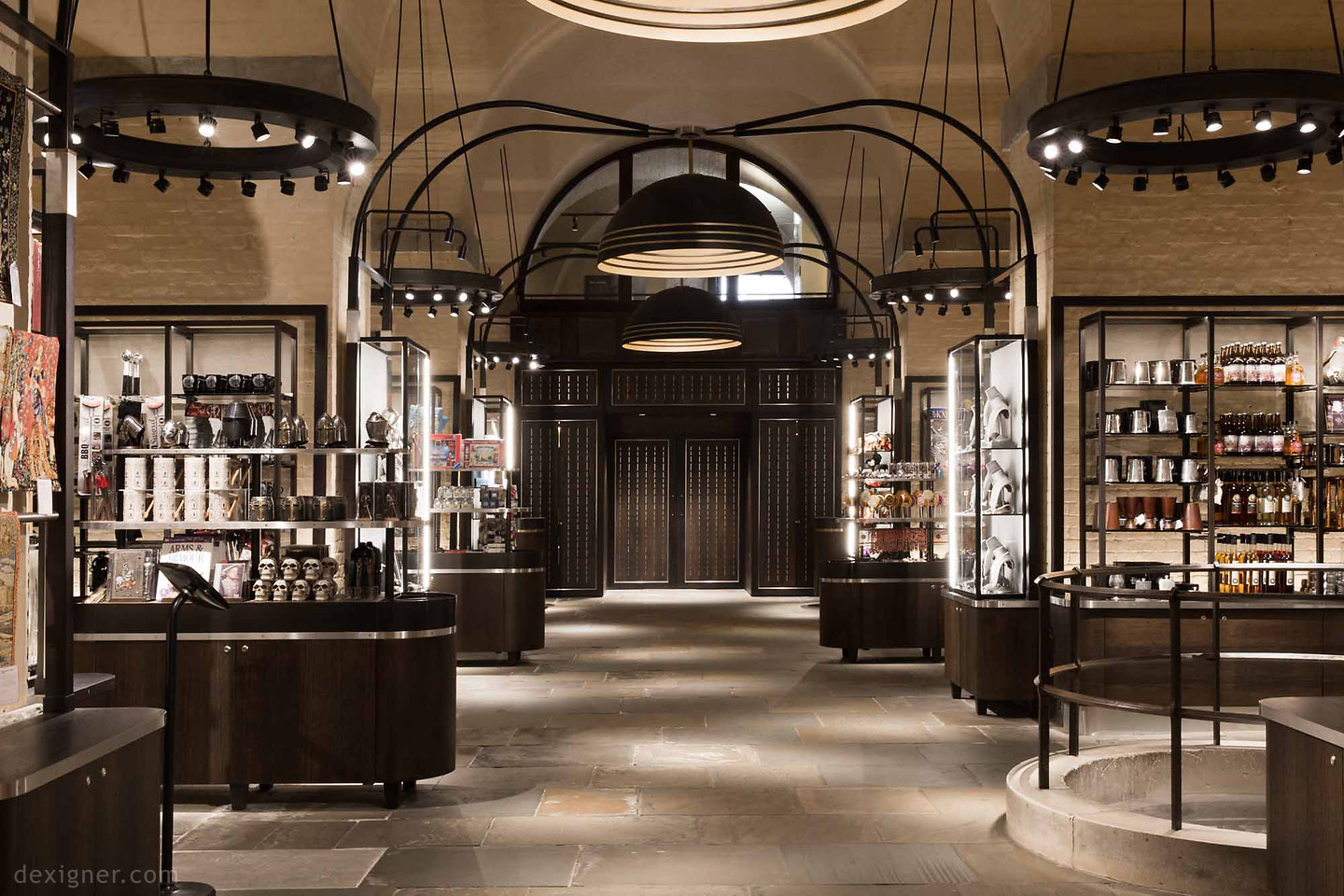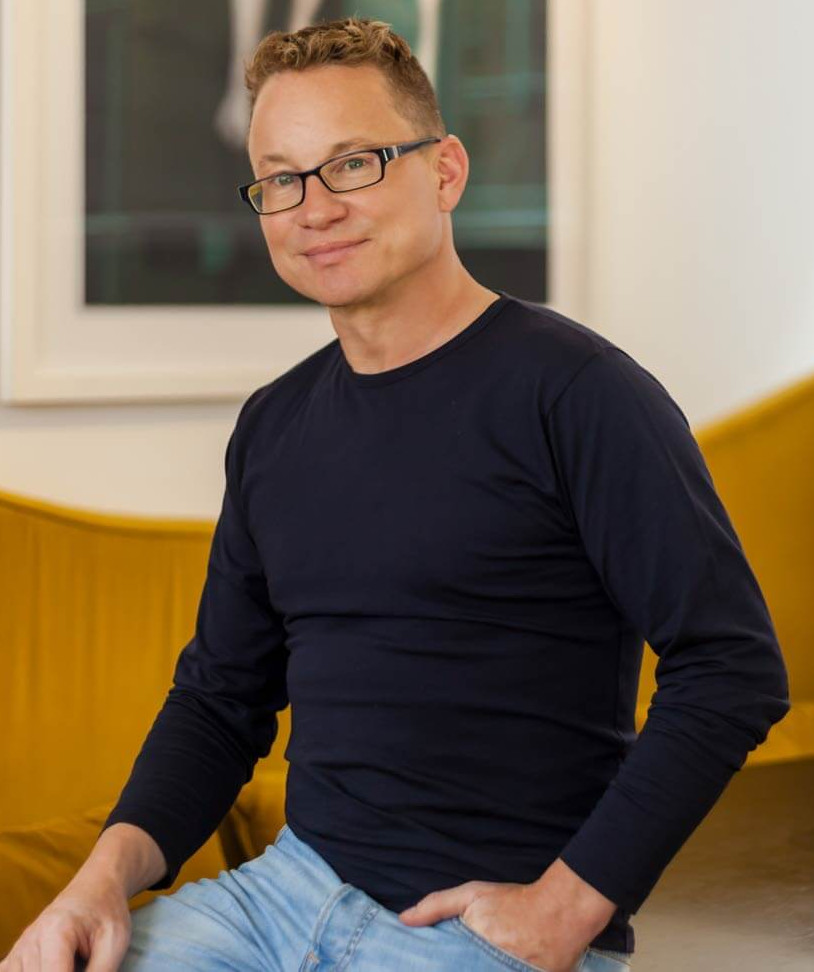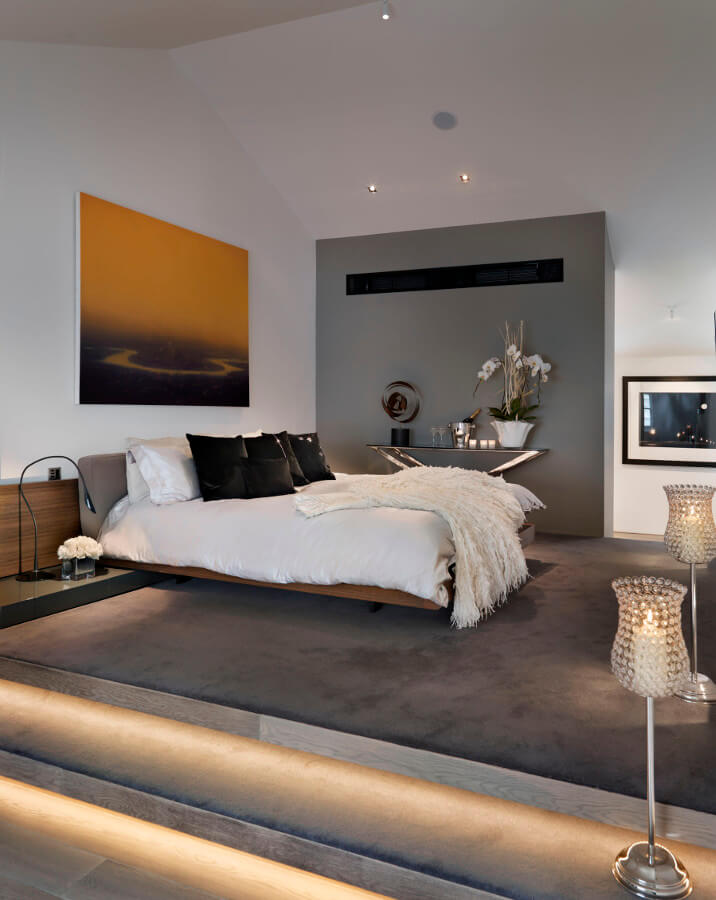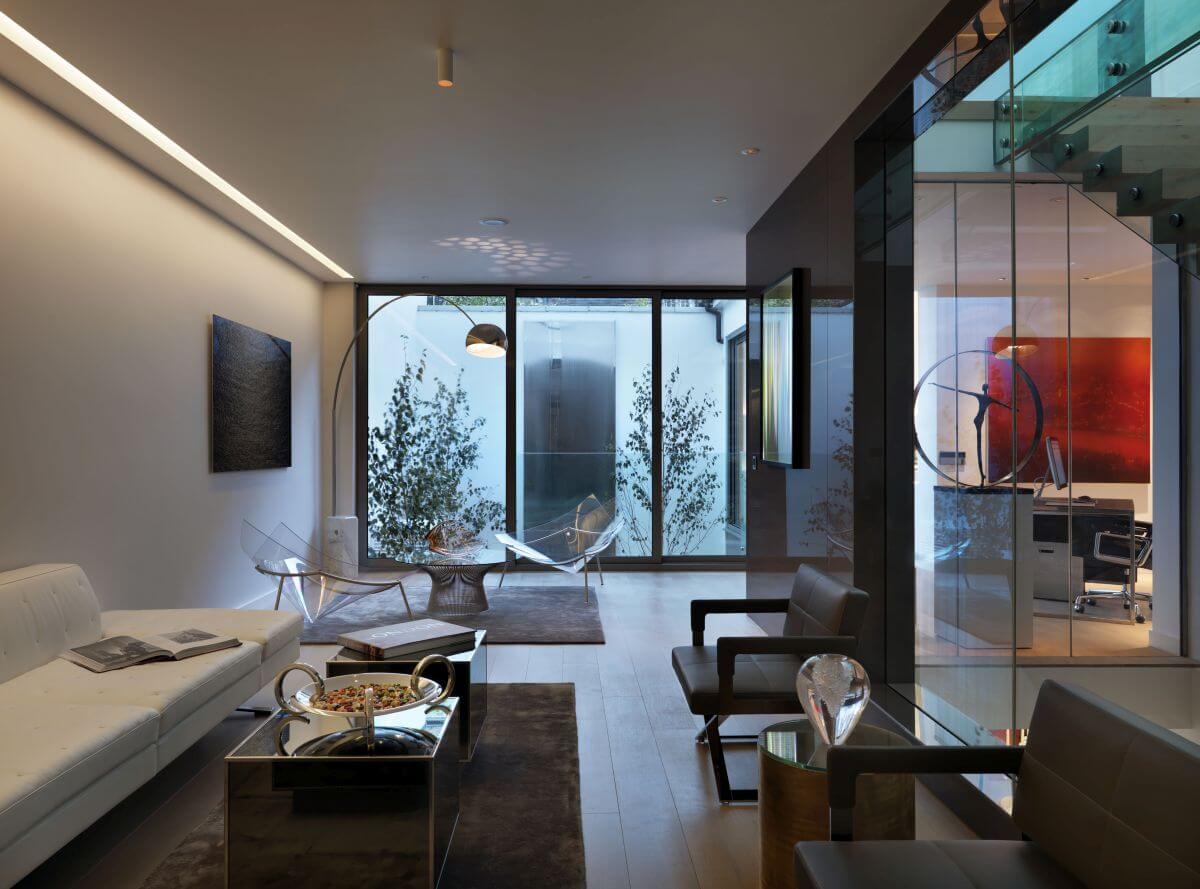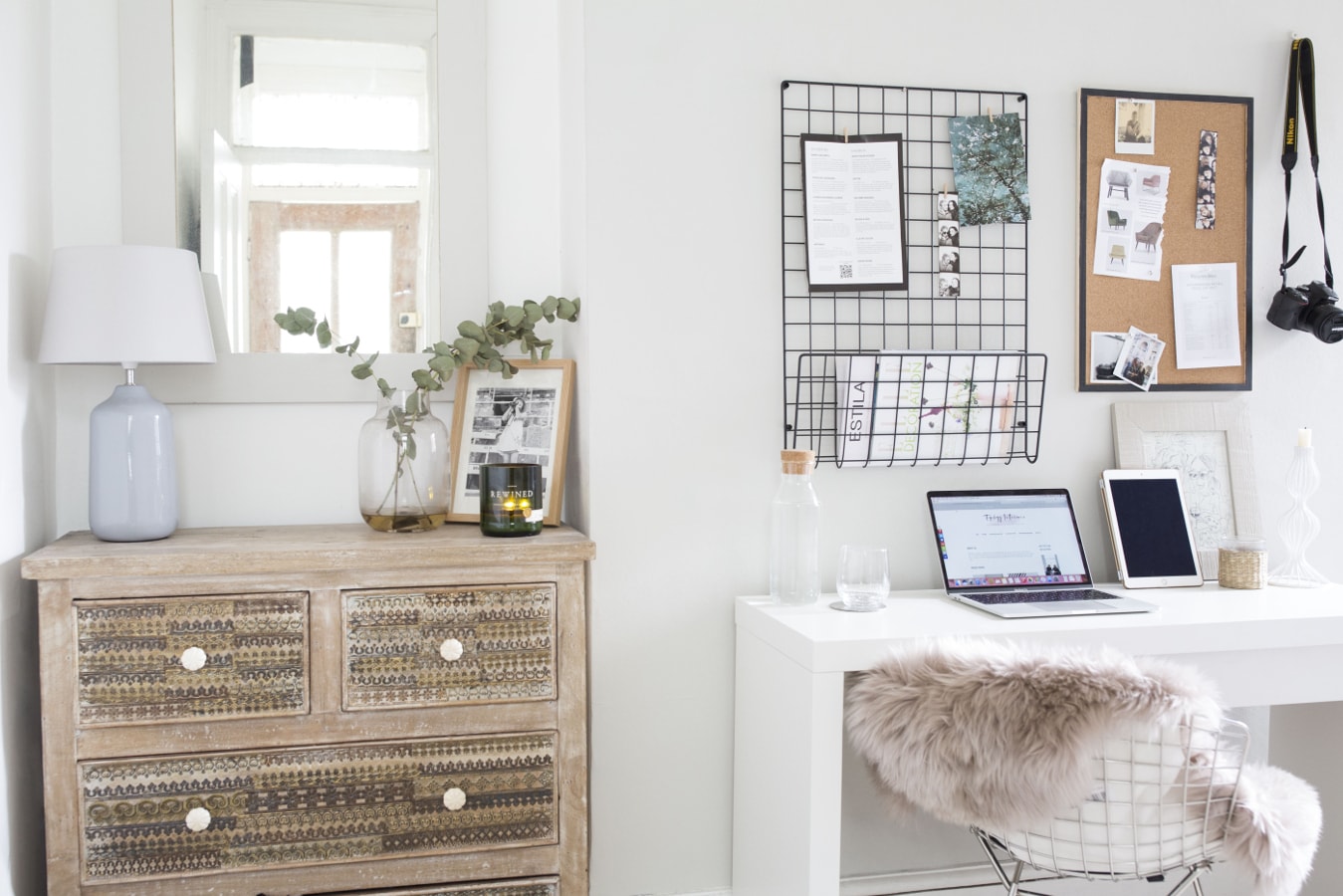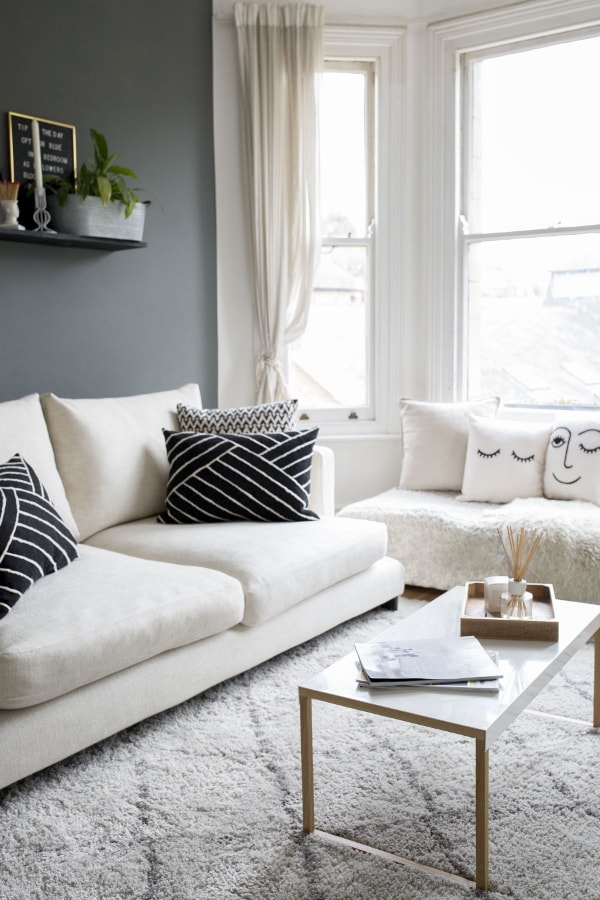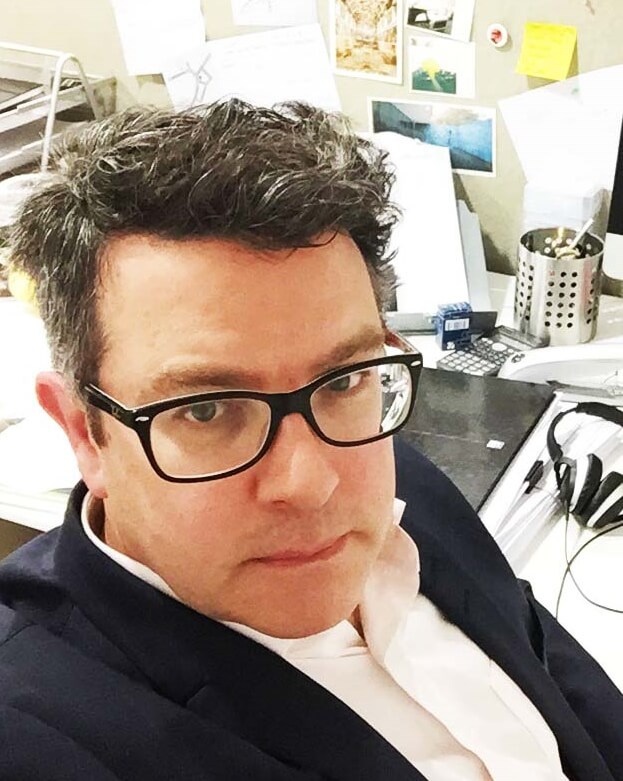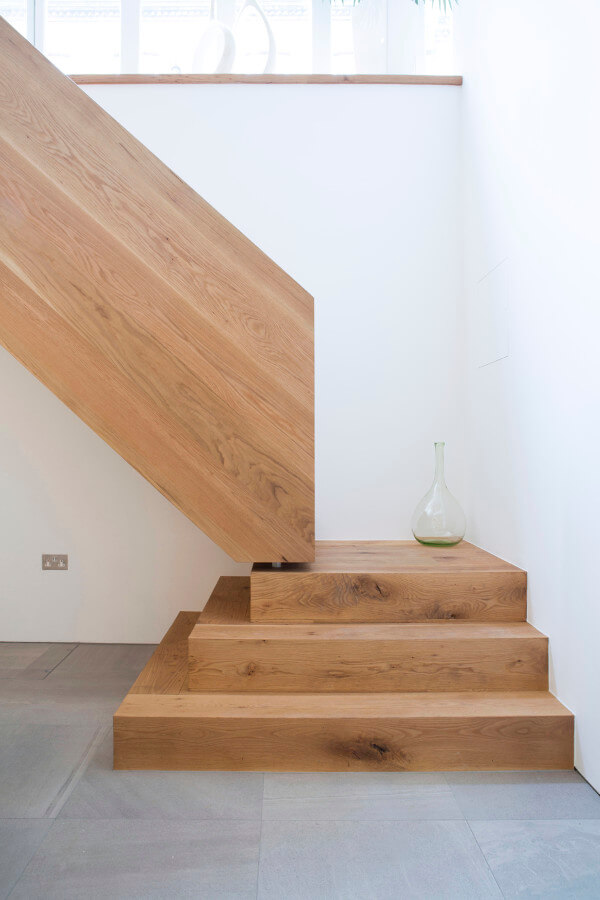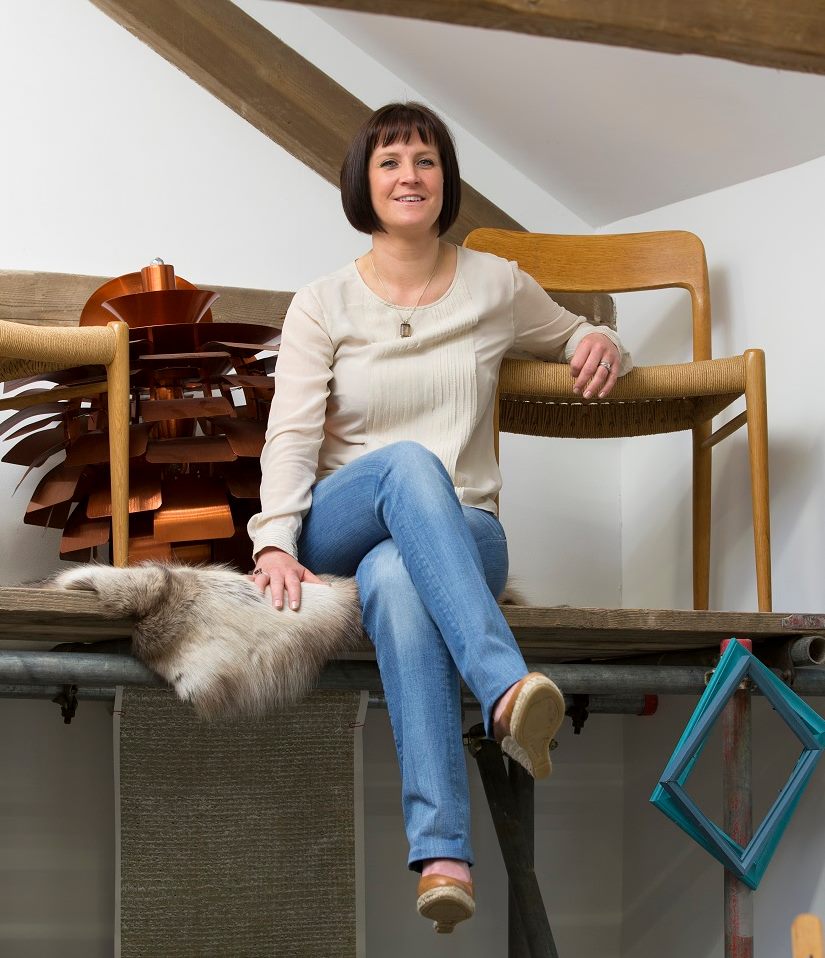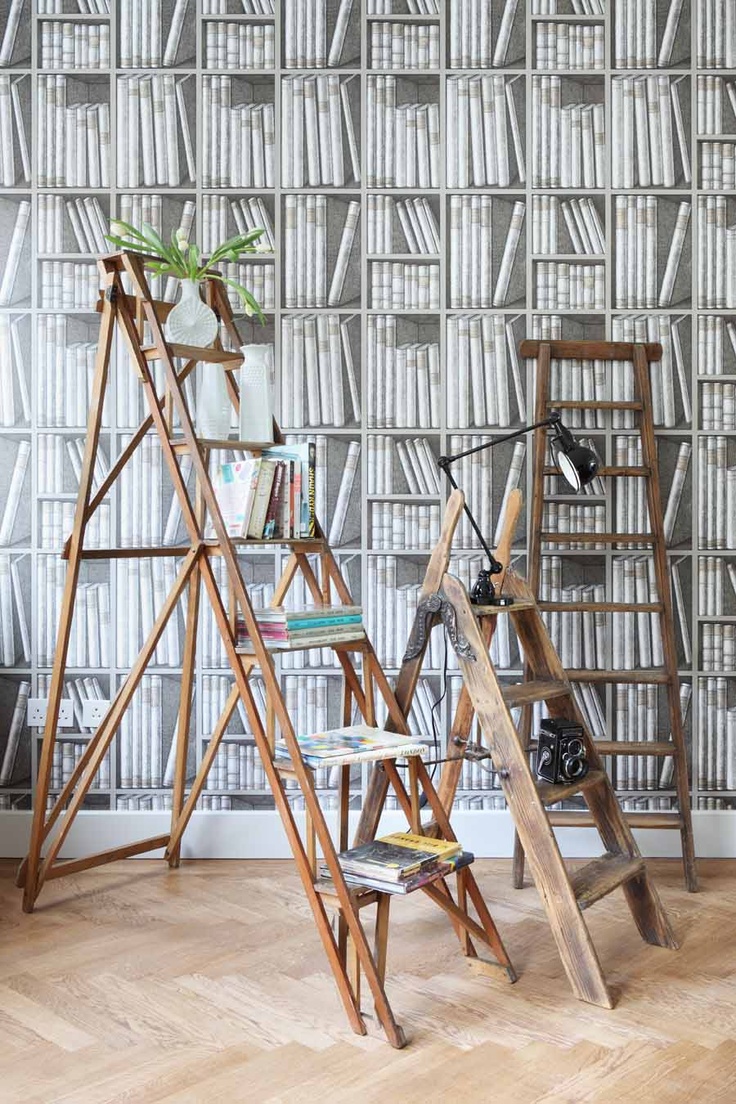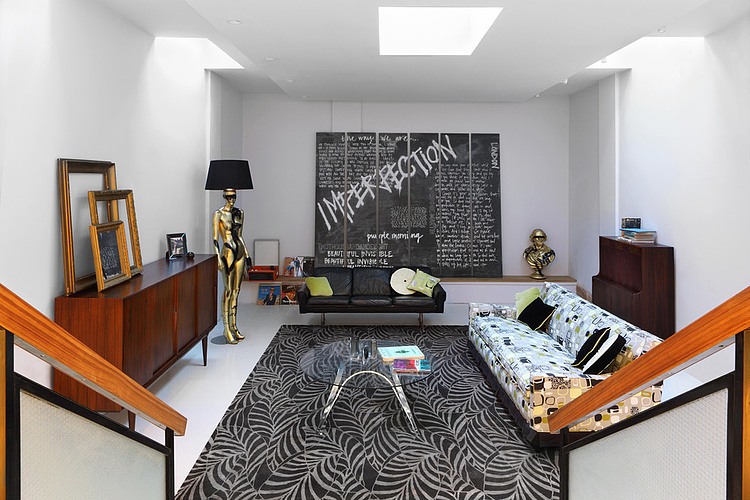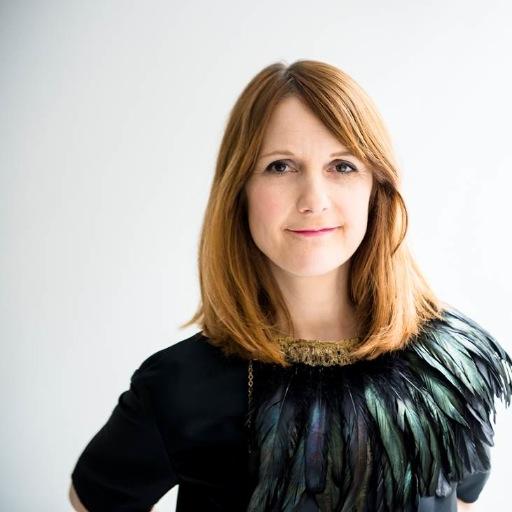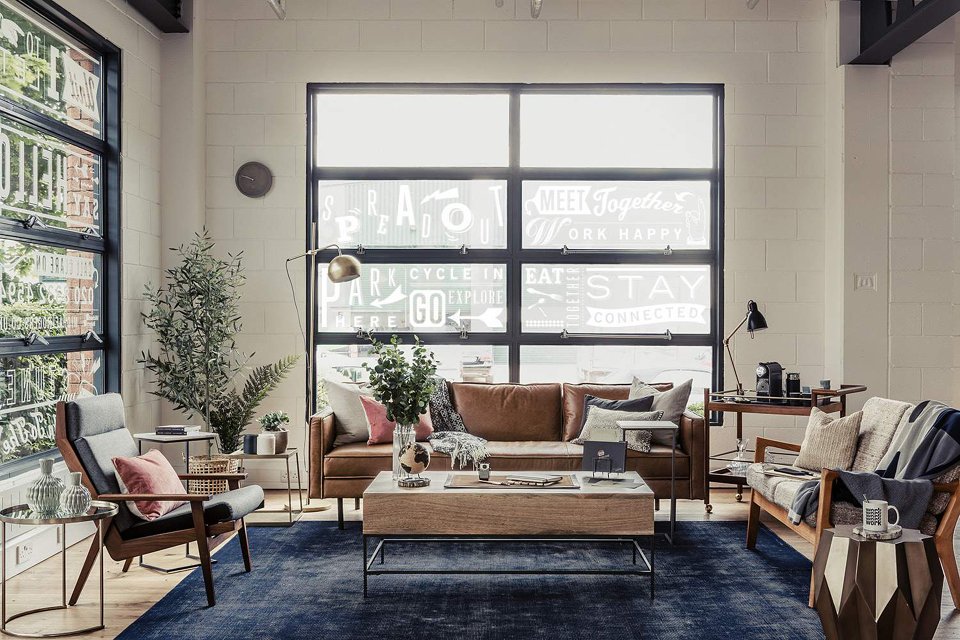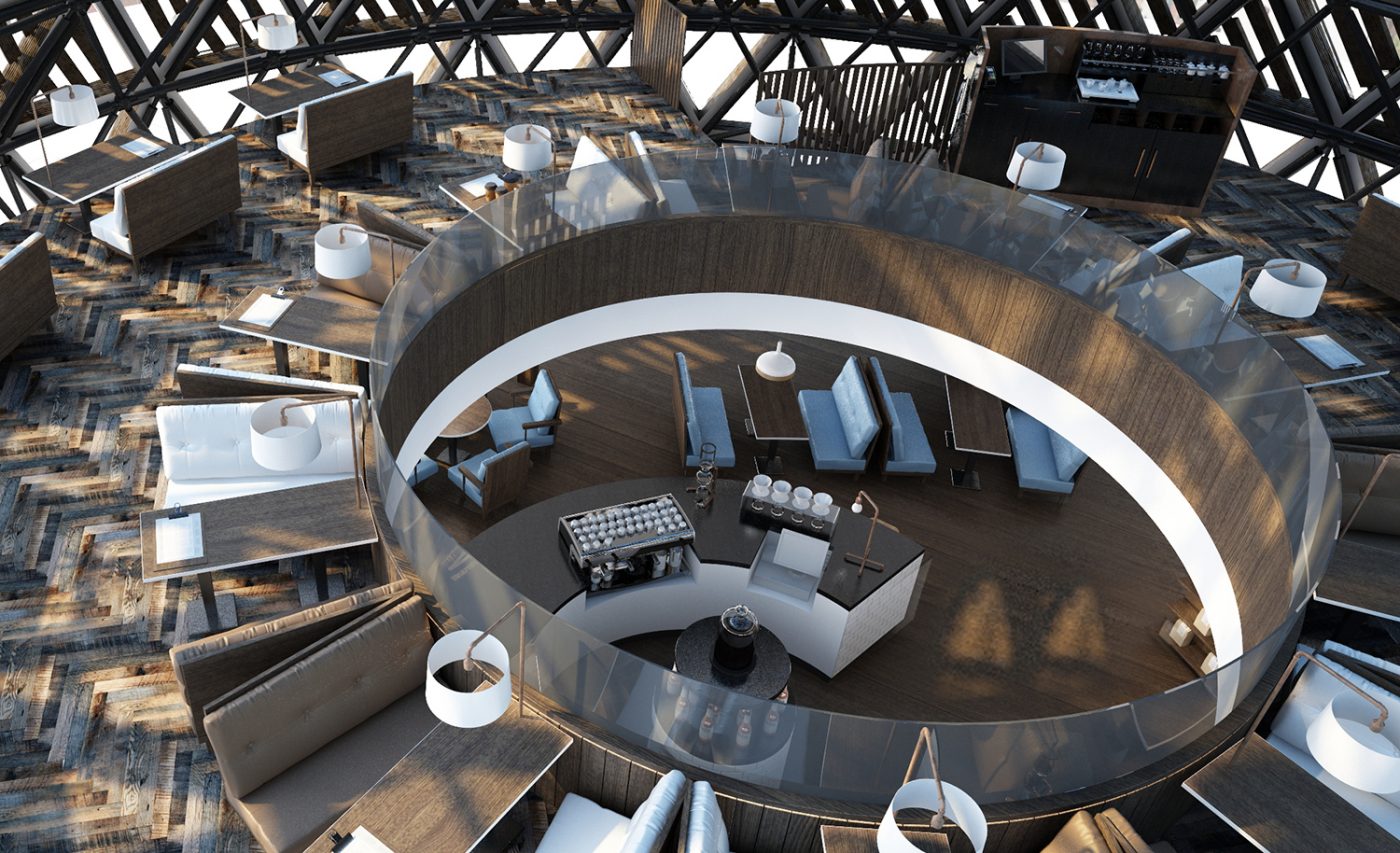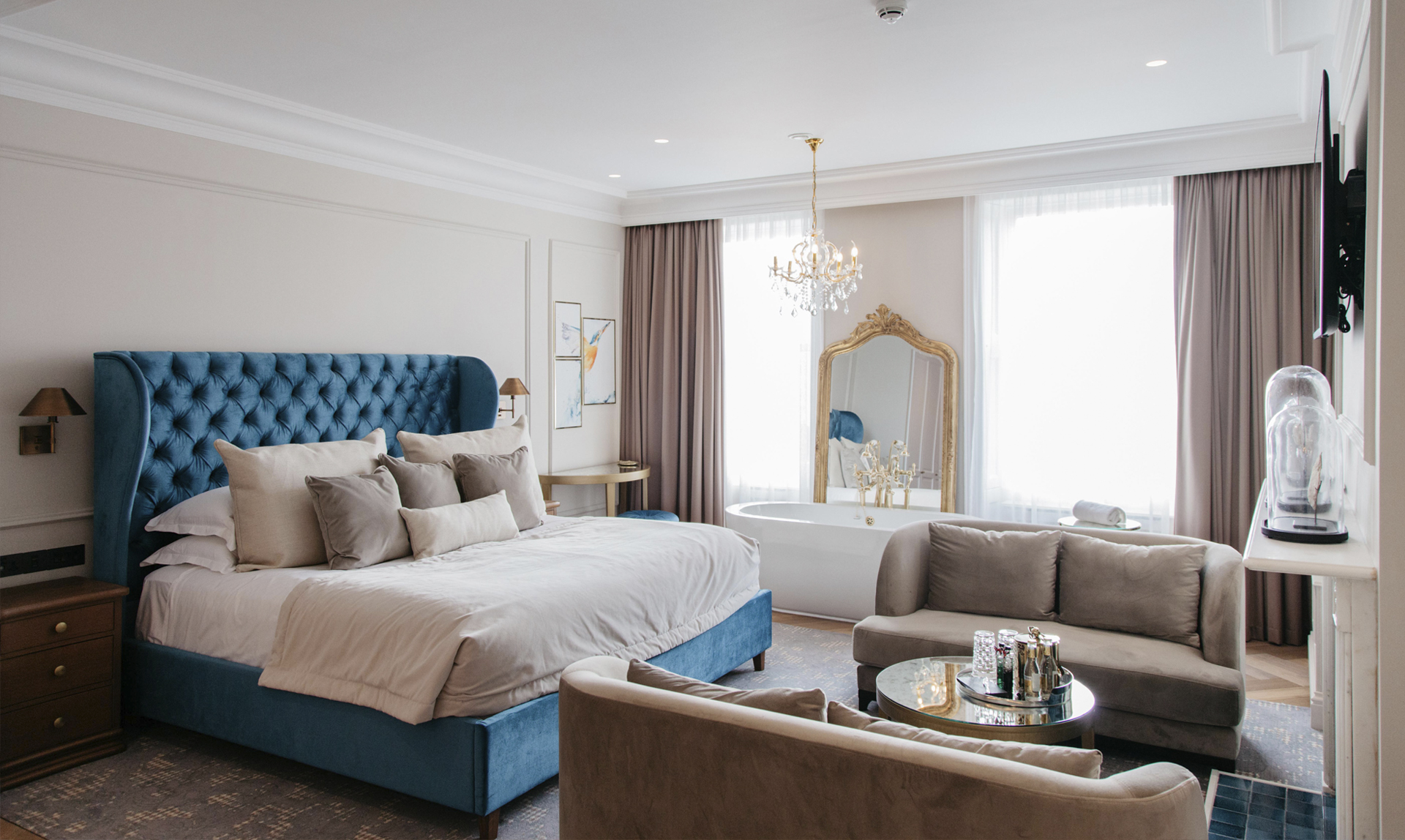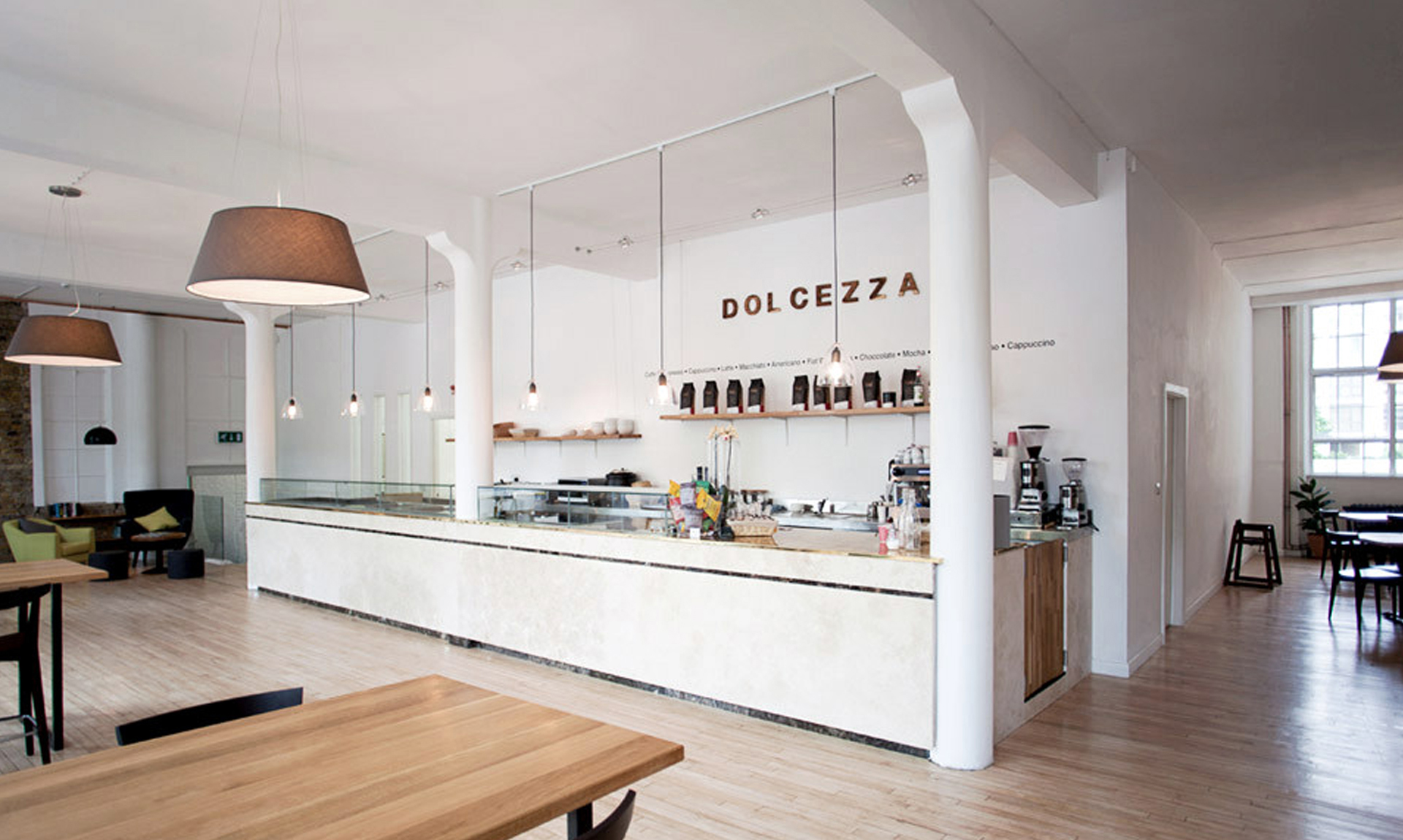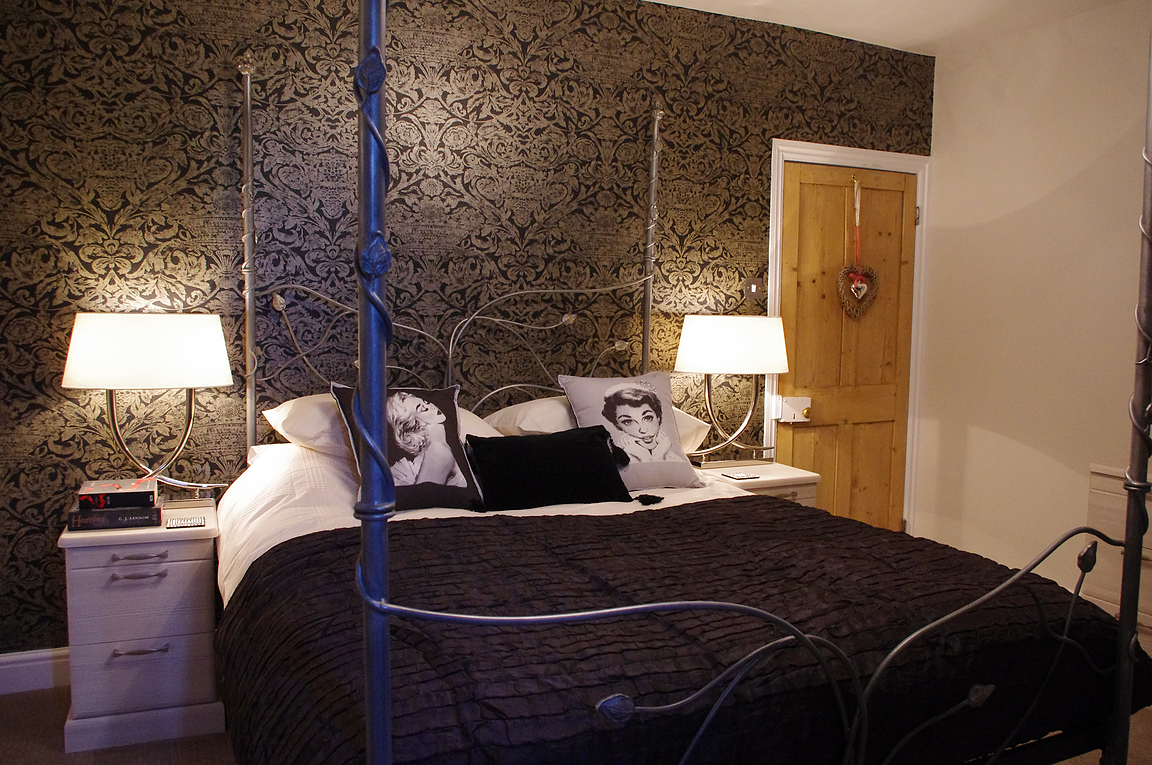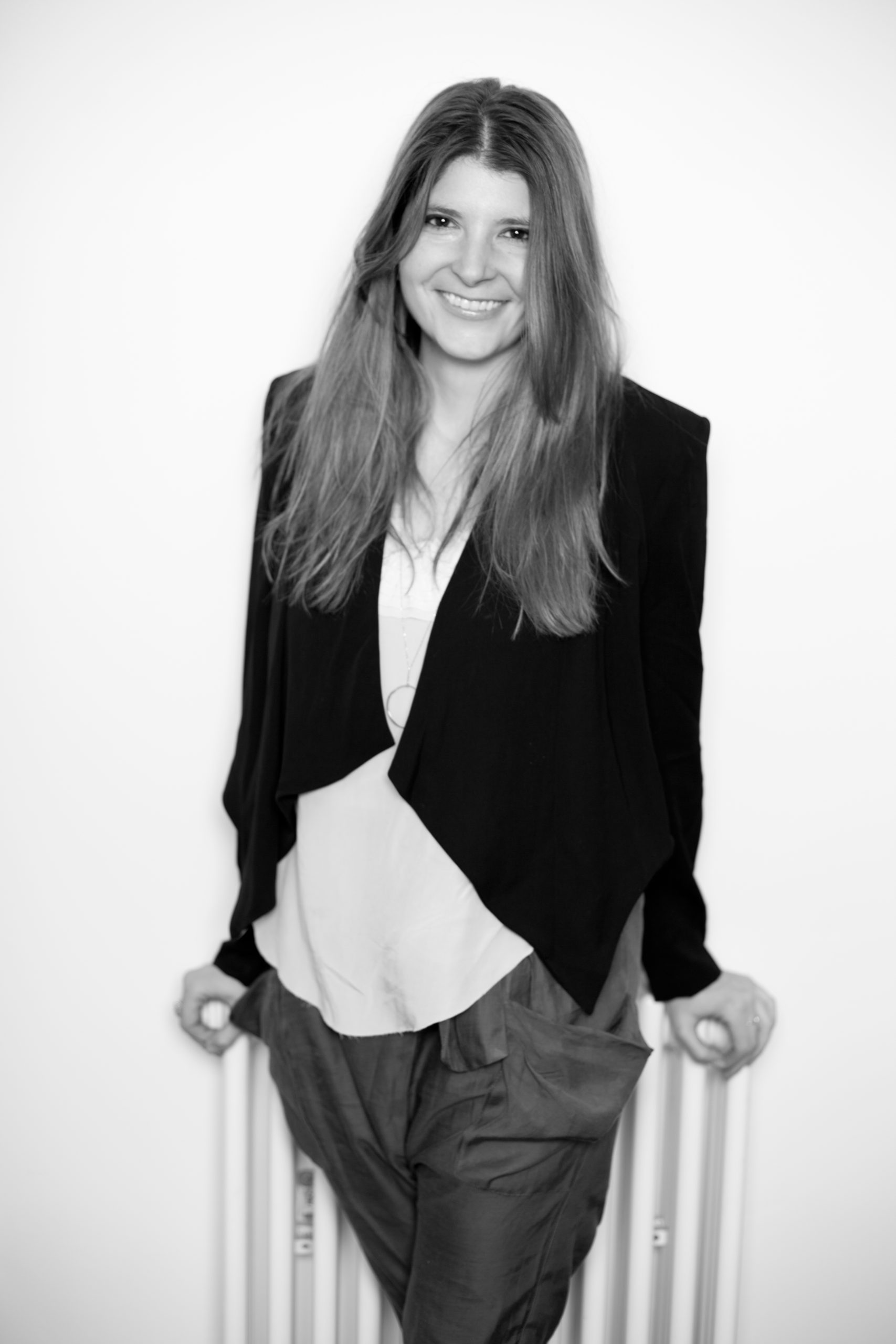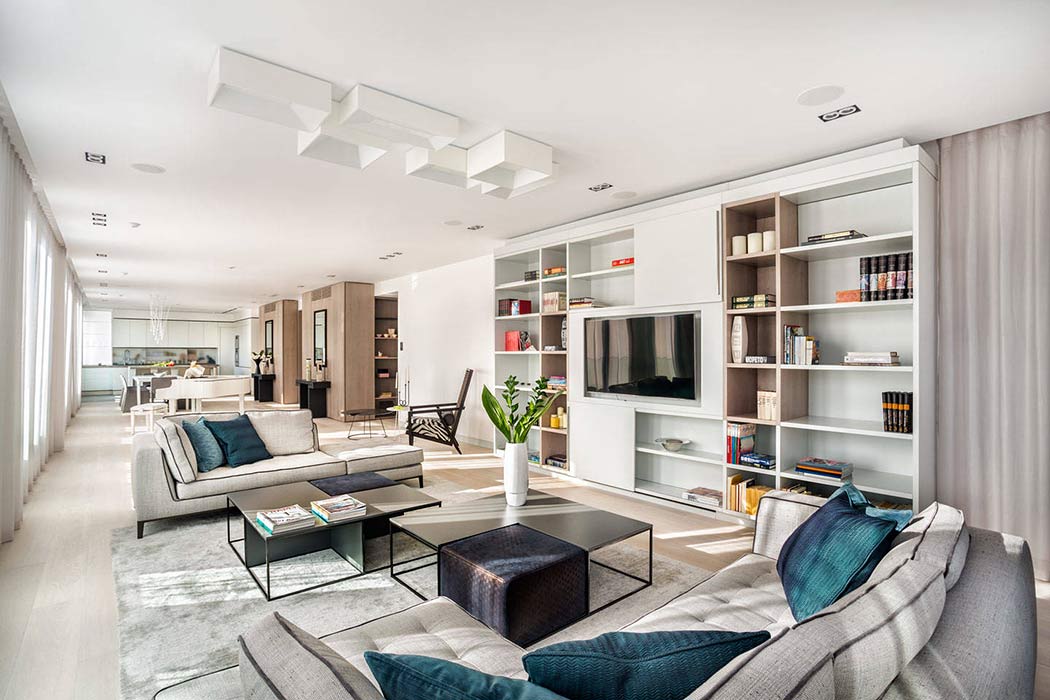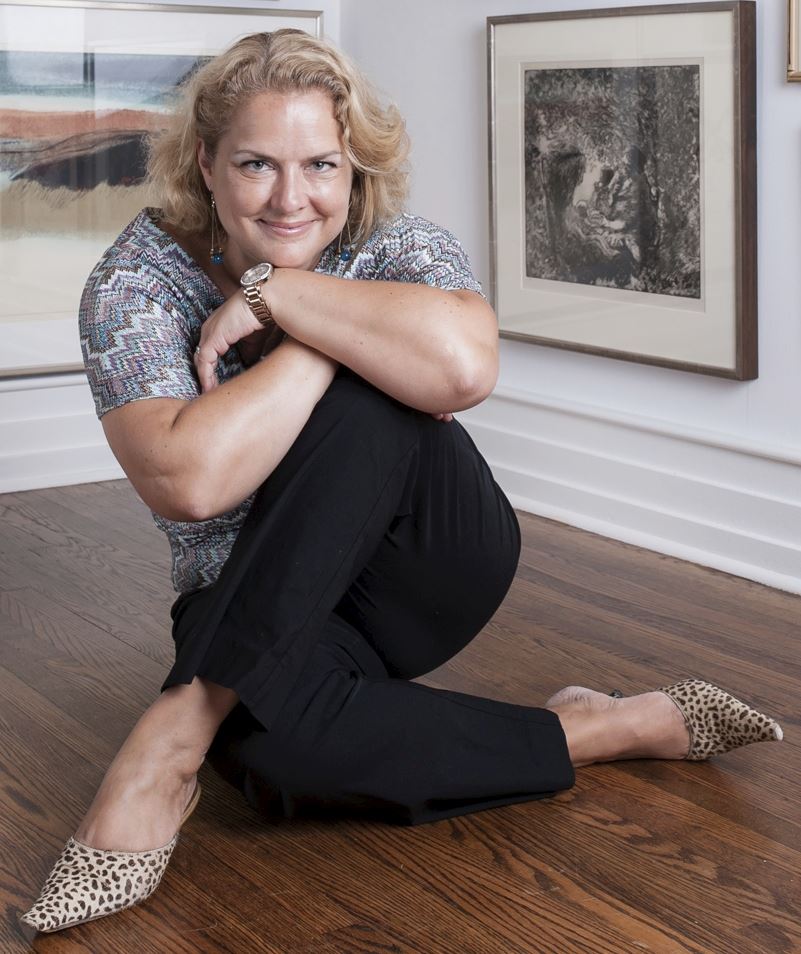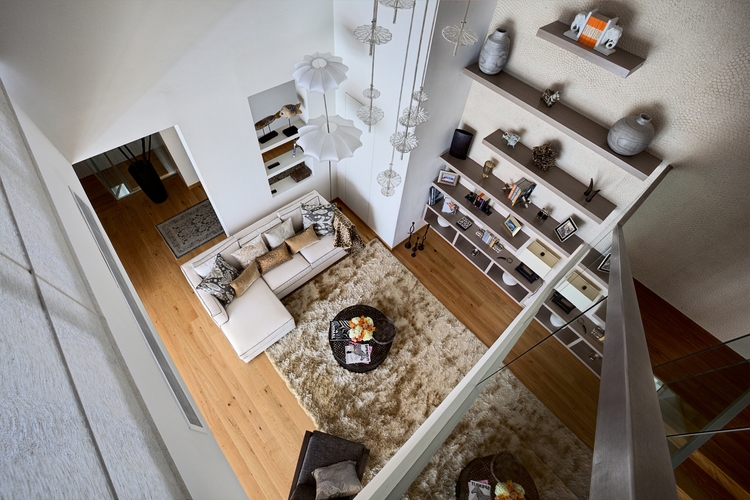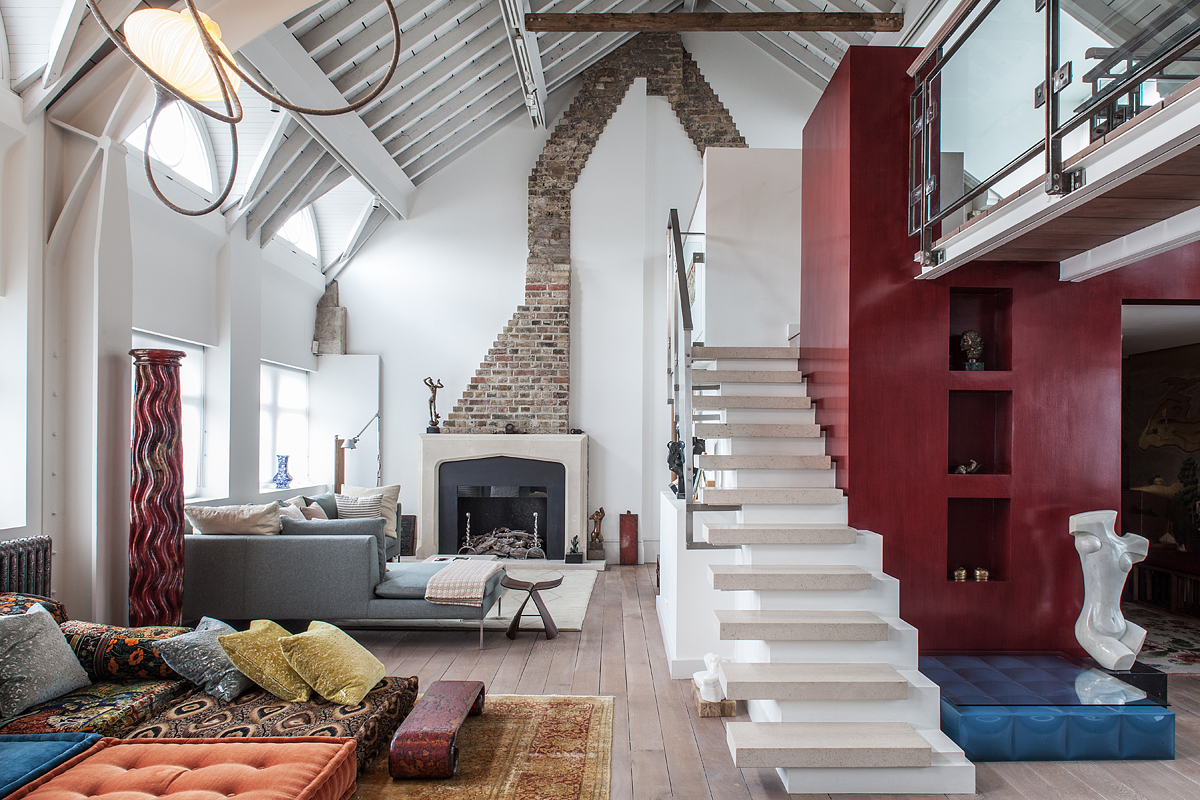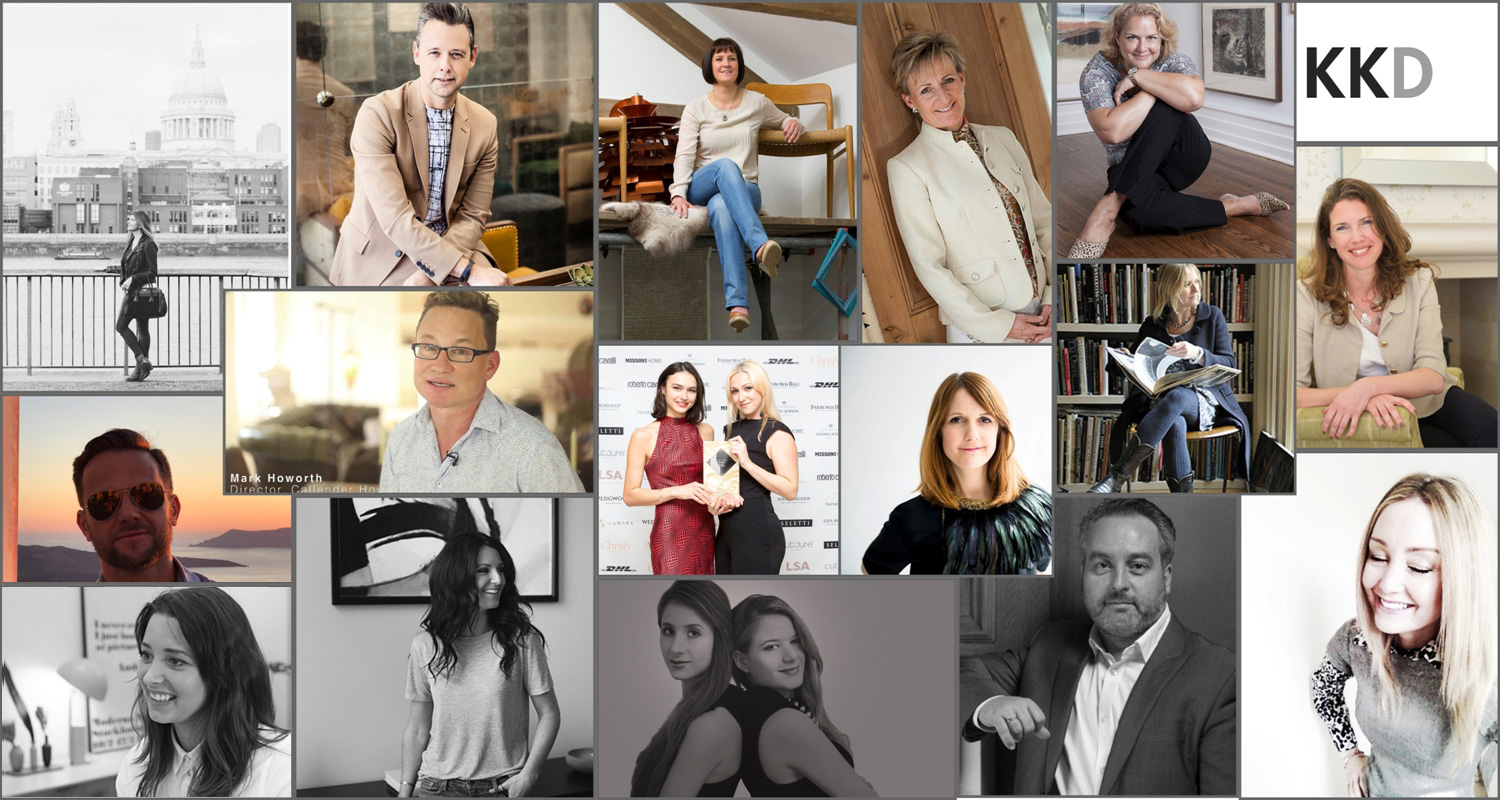
The biggest ever question today is “how to bring harmony between creativity and functionality in interior designs”. Top 20 interior design maestros in the UK have shared their tips/tools in answering this question framed in multiple perspectives here.
1 – Cherie Lee Interiors
Q: According to you which trends changed the perspectives of interior designing?
Cherie Lee: In recent years, one of the trends that has really impacted interior design is the use of steel and glass glazing solutions inside the home. It is a trend that we are so fond of due to it’s ability to segregate large rooms without blocking light, or to open up small or dark areas of the home, without taking away the option to keep rooms separate.
Apart from the practicalities, it can be used to create a real statement and add the wow factor to spaces that may otherwise lack that drama. Using glass and steel inside a traditional home, such as the projects that we often work on, creates a great contrast against period and ornate features. Definitely a trend that is here to stay!
Take A Peek: www.cherieleeinteriors.co.uk
2 – Casabotehlo
Q: What essential tips you would like to recommend for any project?
Joao Botelho: If you are embarking on an interior design journey you have some exciting times ahead of you. One of the most important and inspiring parts of this process is to create the concept design and put together mood boards by gathering information, pictures materials and samples from different sources and places.
The challenge is how to balance creativity and design with practicality and comfort. Use your intuition and listen to the home language. The recipe is simple, start with the space, line and shape, play with colours and light, wrap with textures and patterns and finish off with furniture, fixtures and fittings. And always remember; everything has beauty, you just need to look up and around you, and breath it in.
Take A Peek: www.casabotelho.com
3 – Robertson Lindsay Interiors
Q: Do you have a signature style?
Sally Homan: As a studio we don’t have a signature style as we like to create a unique home for each client. Our aim is to translate our clients’ personality and lifestyle into a bespoke living space. In designing a home we love to use colour and pattern. Most of our clients are a little nervous about using colour in their home so we help them to explore their taste and can use 3D drawings to show them how it will look. This encourages clients to be braver with their choices and as a result we can give them an original, personalised home
Take A Peek: www.robertson-lindsay.com
4 – Cave Interiors
Q: According to you one should play with safe designs or experiment with innovative ideas?
Georgina Cave: Bringing in new ideas and concepts is always a challenge I like to think we rise to when taking on any new project. It’s important to move out of our comfort zone, be more broad-minded in our thinking and holistic in our approach in order to provide solutions that are exciting and creatively different.
Take A Peek: www.caveinteriors.com
5 – Goddard Littlefair
Q: What is your favourite book/magazine on design? How about your favourite site?
Michelle Holland: With Pinterest and design blogs so readily available to follow current trends, I find that some mainstream design magazines have lost their lustre, whilst World of Interiors remains a trusted friend. Every issue offers something to instruct, something to fascinate and something to inspire.
For conventional interiors, World of Interiors proffers a dizzying range, from classical and rococo to mid-century and post-modern; but it also features the unconventional: industrial workshops, eccentric huts, outsider art spaces.
As well as being a feast for the eyes, it seeks to feed the mind and soul, from pieces on how colour is perceived by people with dementia to recommendations on current exhibitions and reviews of books on art, gardens, interior design and architecture. The title is in fact a world that offers a lot more than just interiors!
Take A Peek: www.goddardlittlefair.com
6 – Maurizio Pellizzoni Ltd.
Q: What kind of approach should one have while interacting with clients regarding planning, interiors, architecture, or landscape?
Maurizio: Personally, I think the best approach is to show the client as much as possible about the details and options available. Not everyone can see a finished product in the same way that a designer envisions, so the best way is to present them with drawings and sketches, but also to take them around showrooms and show them as many samples as possible.
Textiles are also a very important aspect of this role, so it’s important for the client to understand as much as possible as to what they’re final design will look like. As a designer, we shouldn’t take for granted what is easy for us to visualise, but make sure the client fully understands what they are getting and how the end result will look.
Space planning is also another great aspect of our job, it’s sometimes easy for us to visualise in our mind, but it’s not always so easy for the client. With drawings and plans, we can make sure the client understands how the room will look and how this suits their lifestyle.
Take A Peek: www.mauriziopellizzoni.co.uk
7 – Kinnersley Kent Design
Q: How one can decide priorities while designing for any project?
Jill Higgins, Partner at Kinnersley Kent Design: Firstly you need to understand the client, the brand, their customer and the market. The customer or client and their brand is always the priority – the designer’s ego is the least important thing.
Creativity and the best ideas can but don’t necessarily mean massive budgets. A talented and creative commercial designer is one who can achieve a beautiful aesthetic which the client connects with emotionally within the parameters of the budget and timescale. Empathy with a touch of gut creative instinct goes along way when creating a great award-winning design.
Take A Peek: www.kkd.co.uk
8 – Callender Howorth
Q: How to light up the room to enhance the interior?
Answer: At Callender Howorth, we see light as an integral feature in achieving successful designs, whether utilising natural light or enhancing a space with artificial lighting. More often than not, we seek to put both to best use.
In one of our recent projects, the Regent’s Park House, not only did we integrate a retractable roof into the design, but we also installed different coloured mood lighting throughout.In this instance, bold was key: in the daytime, the home is flooded with sunlight from above, while in the evenings the home can transform into the ultimate entertaining space. Different colours create different ambiences, so the interior design enhances the space’s versatility.
We blended the natural with the technological, the traditional with the innovative, and the simple with the complex. In each instance, however, light becomes the primary design feature and complements each other aspect of the interior. The home was imbued with various faces, each different in style. One home became many, in a space that could change with the flick of a switch. Our advice is to be daring, creative, and open.
Take A Peek: www.callenderhoworth.com
9 – Topology
Q: What is the most frustrating aspect of your job as a designer? And the most rewarding one?
Answer: The most frustrating aspect of being an interior designer is narrowing down options for clients – there are so many amazing brands, retailers, colours, wood finishes, paints shades etc that I love and sometimes I find it hard to hone in the option. I always get there in the end but it takes a lot of time and consideration to decipher what exactly will be the best fit for the client.
The most rewarding part of being an interior designer is the satisfaction of seeing everything come together at the end of a project and seeing how happy a client it – sometimes there can be long waits for furniture, and long building work and construction time, so there’s nothing better than seeing a beautiful home come together knowing that it’s what you yourself have envisaged.
Take A Peek: www.topologylondon.co.uk
10 – Neil Tomlinson Architects
Q: What aspects can make a room elegant and useful at the same time?
Neil: One element which has really has the power to enhance a room is the staircase. The usefulness is obvious; it is the only functional element within a room which can allow movement in the vertical dimension within and from the room and serve as a design device to divide or segregate a space. A carefully-designed staircase can be a focal point and also a beautiful sculptural object. A second aspect with a similar transformative ability is lighting, which can both set a scene and alter the mood of a room.
Take A Peek: www.ntarc.co.uk
11 – Áine Atara-MacDermott Design Studio
Q: What is most challenging about your job?
Áine: I would say that the hardest thing about my job is also the best. People come to me stressed about their dysfunctional home or about their upcoming renovation or new build which they have no idea how to navigate. I help reassure them and we make a plan to solve the issues. As an interior architect with over twenty years experience I now specialise in working with the energy of buildings.
For existing spaces I use intuitive Feng Shui, Celtic land and space clearing techniques as well as modified life coaching methods to uplift an interior’s vibe, so that my clients live more happily and with greater ease and flow than before. For new builds and renovations I work at the earliest stages to help people get clear on what they want and need so that their dream home is built without compromising that dream.
Take A Peek: www.pre-designer.com
12 – Pascoe Interiors
Q: How can someone determine the budget of any project?
Clare: There are various stages to determining a project budget. Before you know whether you can embark on a project you must ascertain a budget range, for which you will need an overview of the project proposal that the various specialists can provide outline estimates against.
The upper and lower figure could vary wildly, as there will be many unexplored variables to consider; but if the range is generally acceptable and affordable you can press ahead with the next steps. It would be unrealistic to move forward only if the lower level figures make the project viable unless you are prepared to rein in every decision; as more often than not budgets get pushed as most people take the view that they want to maximize the opportunity, and upscale key decisions.
By inputting a tier of decisions (budget, mid range and high end) you can further explore how seemingly subtle changes to decision paths can have a magnified impact on the bottom line. Consider the process as a detailed shopping list; price up each conceivable element before you have committed to any path; as on paper it is relatively straightforward and economic to change direction – to do so once you’ve embarked upon the build can be highly problematic.
So, the message is detailed design, planning and costing before you even consider digging a foundation.
Take A Peek: www.pascoeinteriors.com
13 – Run For The Hills
Q: How one can design spaces creatively?
Anna: Designing an amazing space requires technical precision and creative abandon. And those two things might not necessarily be the most obvious of bedfellows. But an interior designer needs to be adept at both.
First dreaming up the design vision and then developing the scheme, layered with mood, character and texture. The final, beautifully executed design may look effortless. But it has actually been detailed to within an inch of its life. Every little aspect considered, played with and reconfigured scores of times to find the perfect balance. This process of experimentation is how you happen upon the creative magic.
Take A Peek: www.runforthehillslondon.com
14 – Engaging Interiors
Q: From your point of view, interior design is art or science?
Answer: Interior design is a combination of both science and art. The science part comes from the technology within the products used, the chemistry of the different innovative materials, and the element of psychology involved in understanding human behaviour. The art is in the use of light and how you want it to dance around a space, in how one finish will work or grate against another, and how an interior works as a composition.
Take A Peek: www.engaginginteriors.uk
15 – Meraki Design
Q: What would you advise about visual perception in designing any space?
Answer: Successful interiors have multiple layers of ideas that develop gradually and very thoughtfully. Therefore perception of any space is layered with many different elements to create a whole. Functionality is of course key as well as a strong underlying concept. This is then layered with considerations of light, materials, textures, colours and lastly Objects. When designing it is extremely important to think of things in plan for space planning purposes as well as elevation to understanding the volume the elements are taking in the room.
Take A Peek: www.merakidesign.co.uk
16 – Design By Deborah
Q: Do you prefer functionality or appeal?
Deborah: This is a difficult question as ideally you would specify a product that would meet both of these requirements. If I had to choose it would depend on where in the house it is to be used and the make-up of the family that would be using it. Hard working rooms such as hallways and kitchens require more robust solutions as would large families with pets. However, clients employ designers to help them create beautiful homes so I would never ignore the look and feel of a product.
Take A Peek: www.designbydeborah.co.uk
17 – Knof Design
Q: While designing a living area which essential factors should be taken care?
Susan: When designing a living area the essential factors I always consider relate to the natural elements. My number one priority is where is the light coming from?
I am a total nature lover so I am always trying to create a layout that revolves around the view of the ever-changing outside world. I like to allow the light in and plan the arrangement around that. Another integral priority is the function. How will the space be used? Is it a place for a quiet retreat? Is it one to gather and entertain or is it a combination? In this case a casual and considered flexible environment is important.
I love a place that encourages good flow. So I like to consider where the primary and secondary entrances are. Once the general layout and function is determined in comes the layers, the fun, and the style.
Take A Peek: www.knofdesign.com
18 – Mk Design London
Q: Who are some of your design inspirations?
I feel inspired by so many things when it comes to Interior design.
I try to travel as much as possible. Asia is always a great source of inventiveness and originality while Scandinavia offers a mastery of design.
Andrew Putman was a massive influence on my work but I am also an art enthusiast and visit an exhibition at least once a week. I love serene stimulating space like Tate or Barbican…
Take A Peek: www.mkdesign.london
19 – Galuchat Design
Q: What inspires you today?
Marie: Inspiration is an appetite in constant renewal. From the top of a bus, calling me. Flowers over concrete. Amber light, rough wood, through a pint glass. Fun shoes in the rain. The days of neutral have passed. I will always love the serene nuances of white to grey via ivory. They will however always invite to set the calm off with a bang of colour, a pop of fun, a dash of risk. I am into peacocks now. A madness of teal, gold, black and emerald green. Summing up my passion for light, depth and no compromise: functional elegance.
Take A Peek: www.galuchatdesign.com
20 – Caroline Cobbold Design
Q: Which tools would you recommend?
Caroline: The tools I recommend using are your eyes.
Take A Peek: www.carolinecobbolddesign.com


